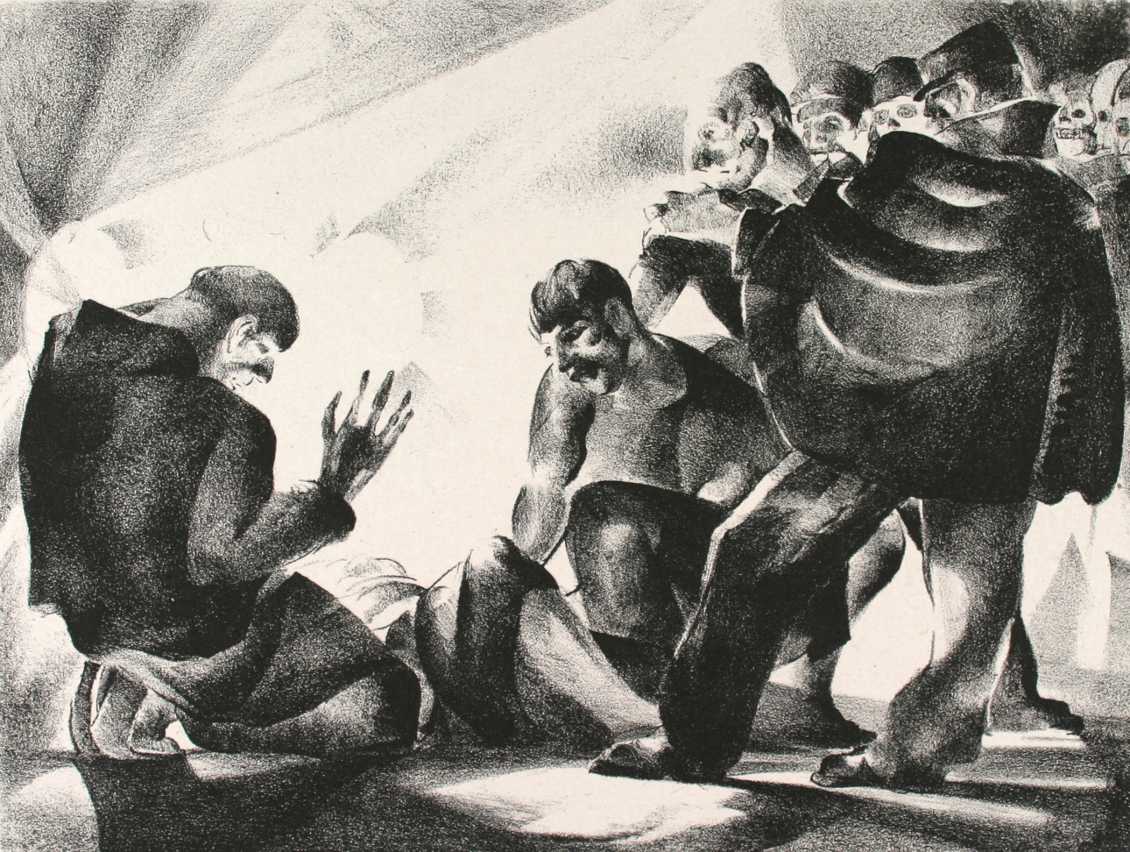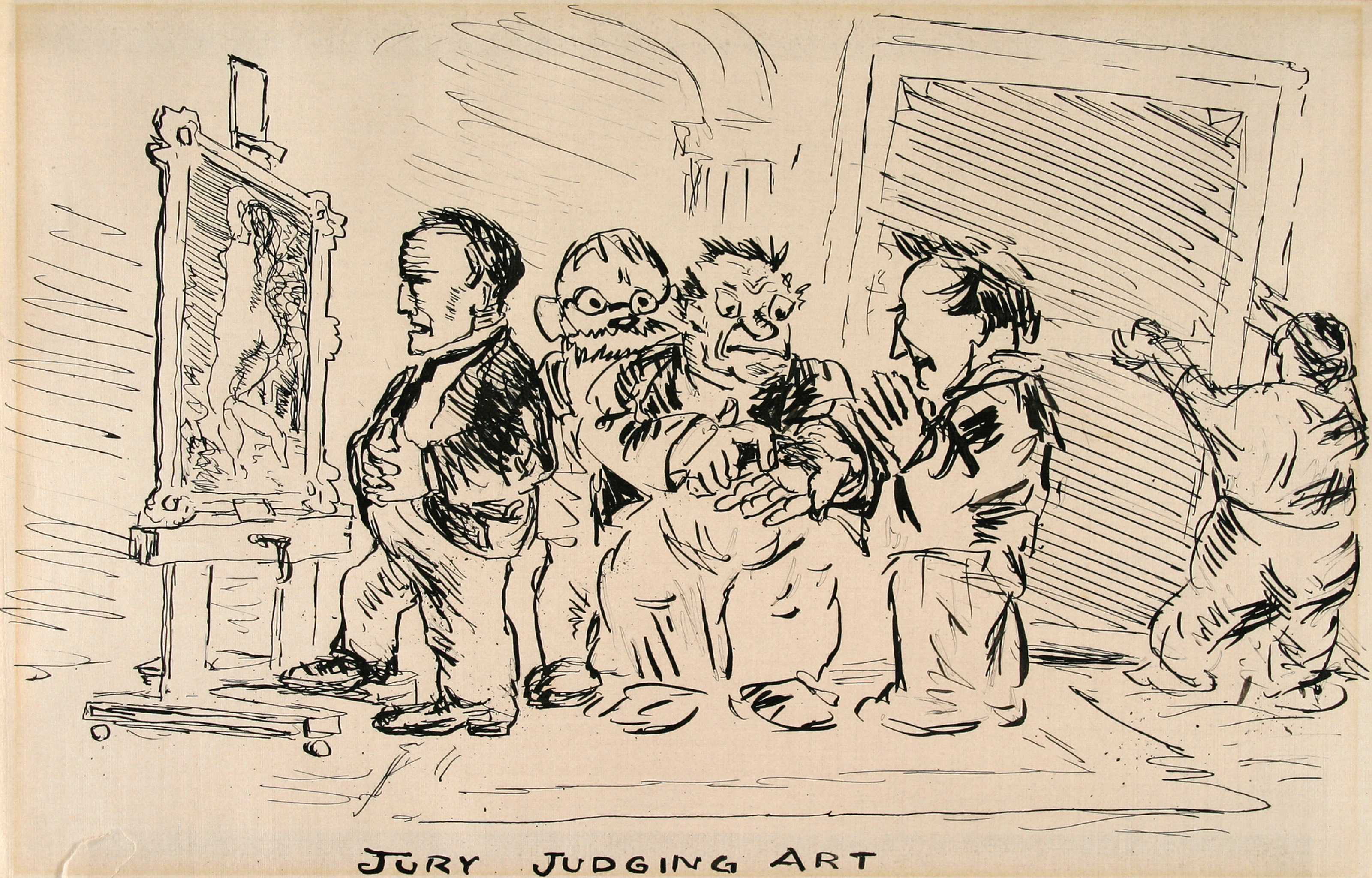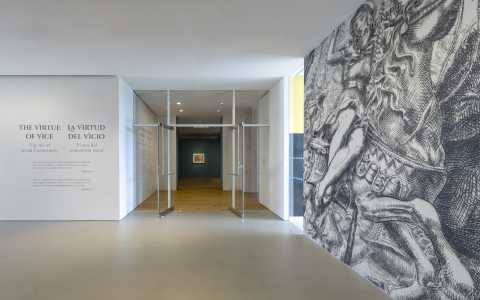The Virtue of Vice: The Art of Social Commentary
Drawn from the Museum’s vaults, rarely seen works will highlight the satirical and often harsh criticisms of artists who used social commentary as a means of expression. Whether poverty and sexual exploitation or drinking and gambling, no topic — no vice — was off limits. Artists sought to draw attention to the shortcomings of society, shining a light on subjects often kept in the shadows. Whether addressing the polarization of the classes or poking fun at the art world in which they worked, artists used equal parts skill and wit in their creations — compelling us to face realities we would sooner disregard.

Percy Albee (American, 1883-1959), Street Accident, circa 1931 – 1932

Peggy Bacon (American, 1895-1987), Fat, 1926

Francisco de Goya (Spanish, 1746-1828), Que sacrificio! (What a Sacrifice!), from the series Los Caprichos (The Caprices), 1799

George Grosz (American, born Germany, 1893-1959), Eaten and to Be Eaten, 1929

George Grosz (American, born Germany, 1893-1959), Third Class Funeral, circa 1930 – 1932

George (Pop) Hart (American, 1868-1933), The Jury, 1927

Clement Haupers (American, 1900-1982), Metro 1st Class, 1928

Clement Haupers (American, 1900-1982), Metro 2nd Class, 1928

Robert Henri (American, 1865-1929), Jury Judging Art, circa 1908

Alexander King (American, born Austria, 1900-1965), Old Couple (Fulfillment), circa 1936 – 1942

Lloyd Wulf (American, 1913-1965), The Bar, circa 1938
Organized by the Norton Museum of Art.





